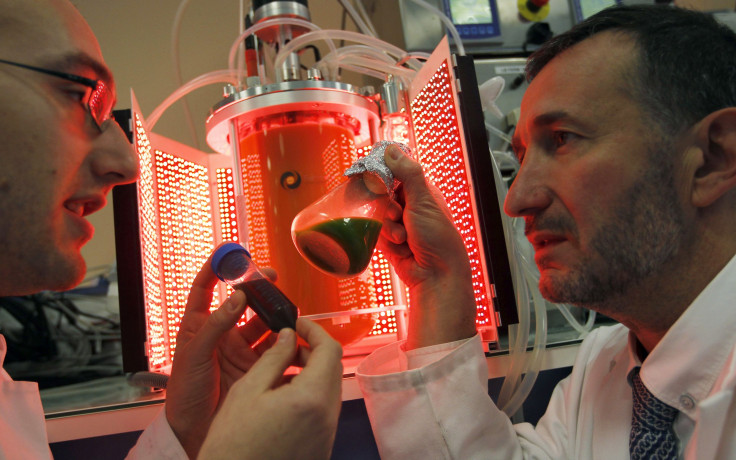Biodiesel And Jet-fuel Produced From Algae Isochrysis

Team of researchers led by Greg O'Neil and Chris Reddy of Western Washington University and Woods Hole Oceanographic Institution respectively reports that biodiesel and jet-fuel both can be obtained from same algae. They discovered a type of chemical compound in algae that could be used to synthesize two different types of biofuels.
It is novel, far from cost-competitive product at this point but it is a good strategy for making renewable fuel from algae, explained O’Neil. The fatty acids present in the algae are converted into fatty acid methyl esters or FAMEs, the molecules that constitute Biodiesel.
Isochrysis, a specific species of algae was chosen for the study as they are well known for being able to be produced in large quantities for fish food and for their ability to produce fats called alkenones. The alkenones are long chain fatty acid compounds with 37 to 39 carbon atoms that the investigators believed as a potential source for biofuels.
Isochrysis was not preferred for biofuels by most researchers as their oil looked dark and sludgy and forze at room temperature but this property rendered to Isochrysis by the alkenones made them an ideal source for biofuels. FAMEs were separated from the alkenones to produce free flowing fuel and as a result of which potential alkenone-rich secondary products were also obtained, said O’Neil.
The alkenones are chain of 37 to 39 carbon atoms, too big for jet-fuels so a chemical method called olefin metathesis was used to break the carbon atoms. In this method carbon-carbon double bonds were cleaved and shorter chains of 8 to 13 carbon atoms suitable for jet-fuels were obtained, explained O’Neil.
It is scientifically fascinating and really cool, said Reddy he also added that Isochrysis has got a great potential and they in the early stages of exploring it. Petroleum products are everywhere and a lot of raw materials are necessary to replace them said O’Neil. He also added that alkenones have much high potential and it is exciting to work on it.
To report problems or to leave feedback about this article, e-mail: saranya@ibtimes.com.au





















